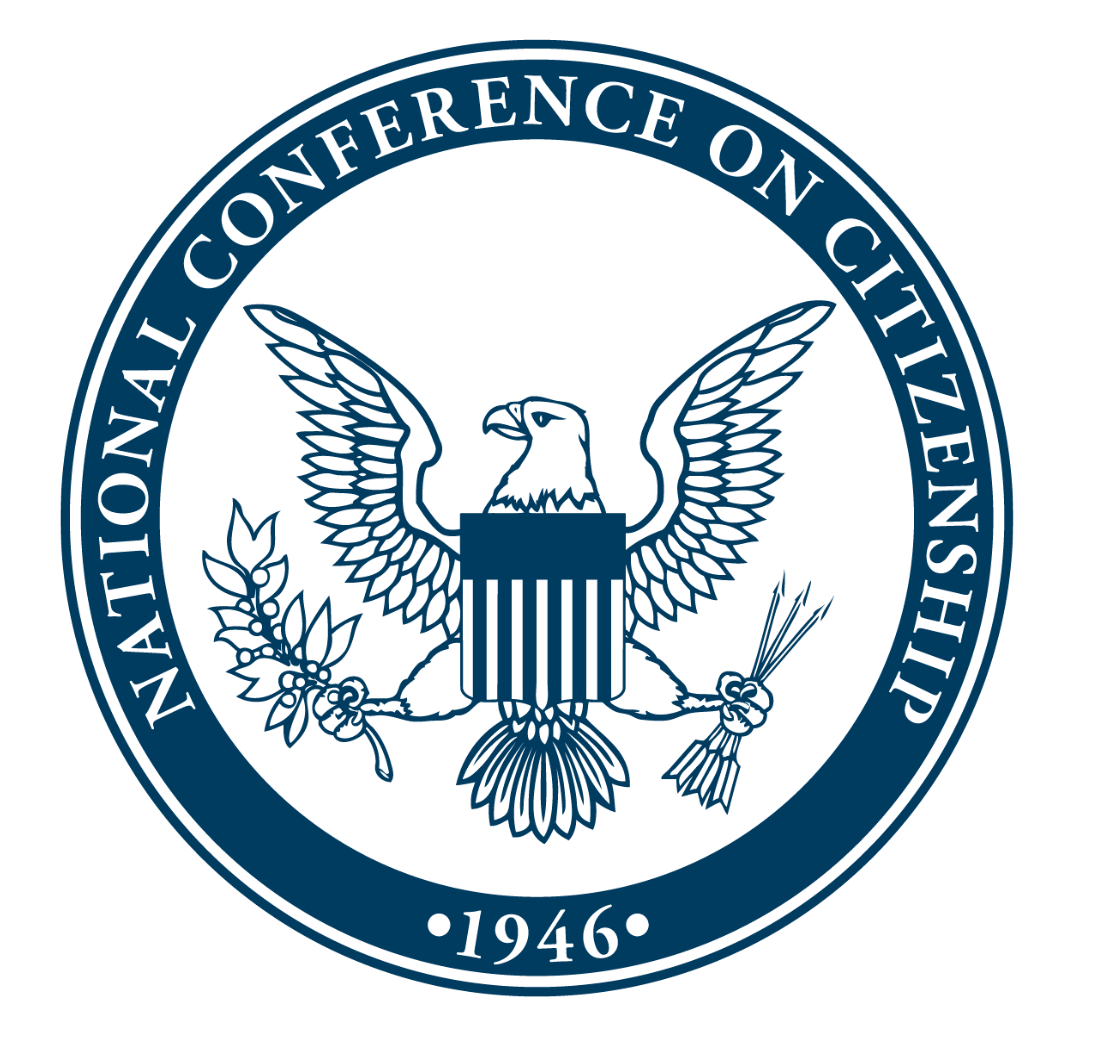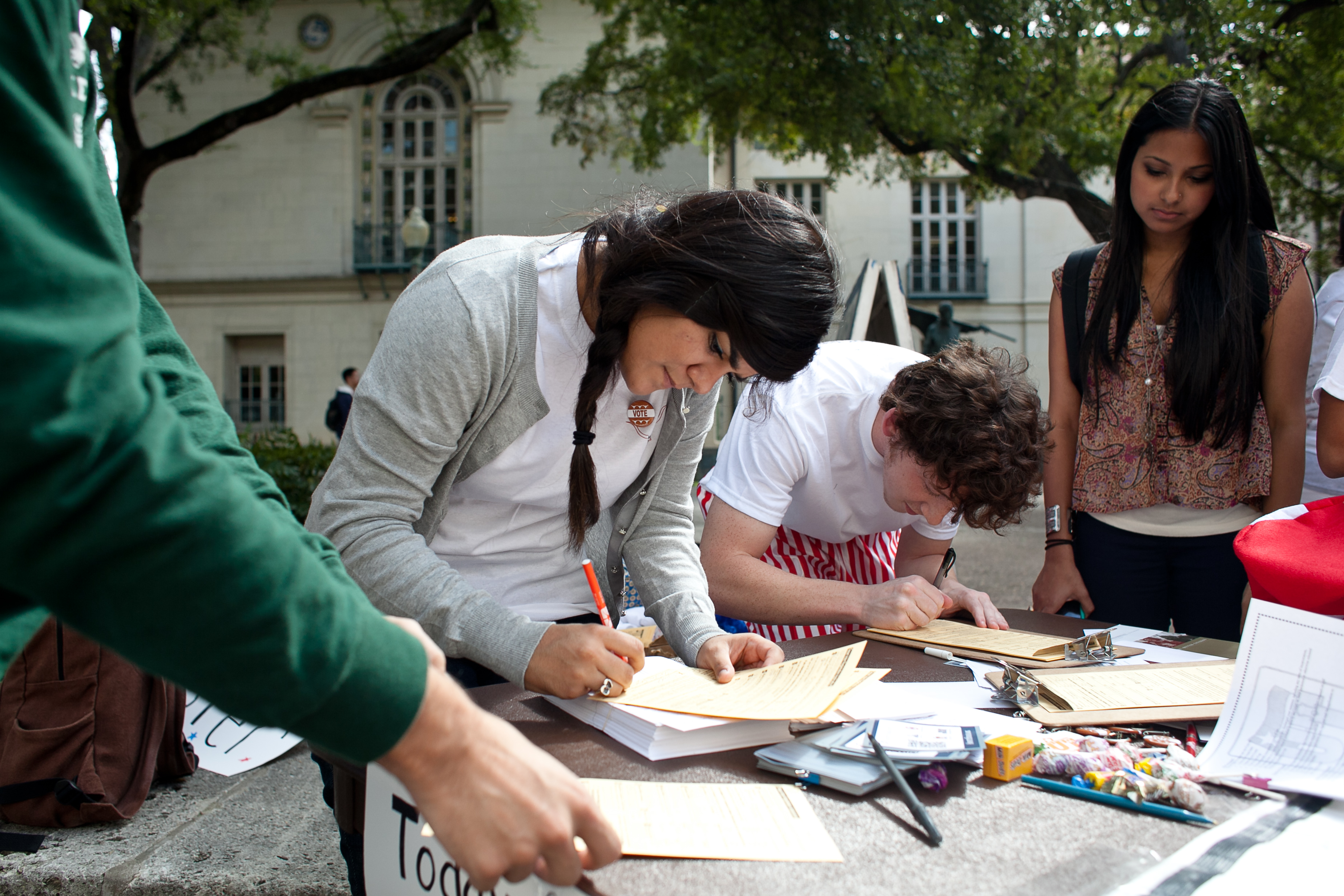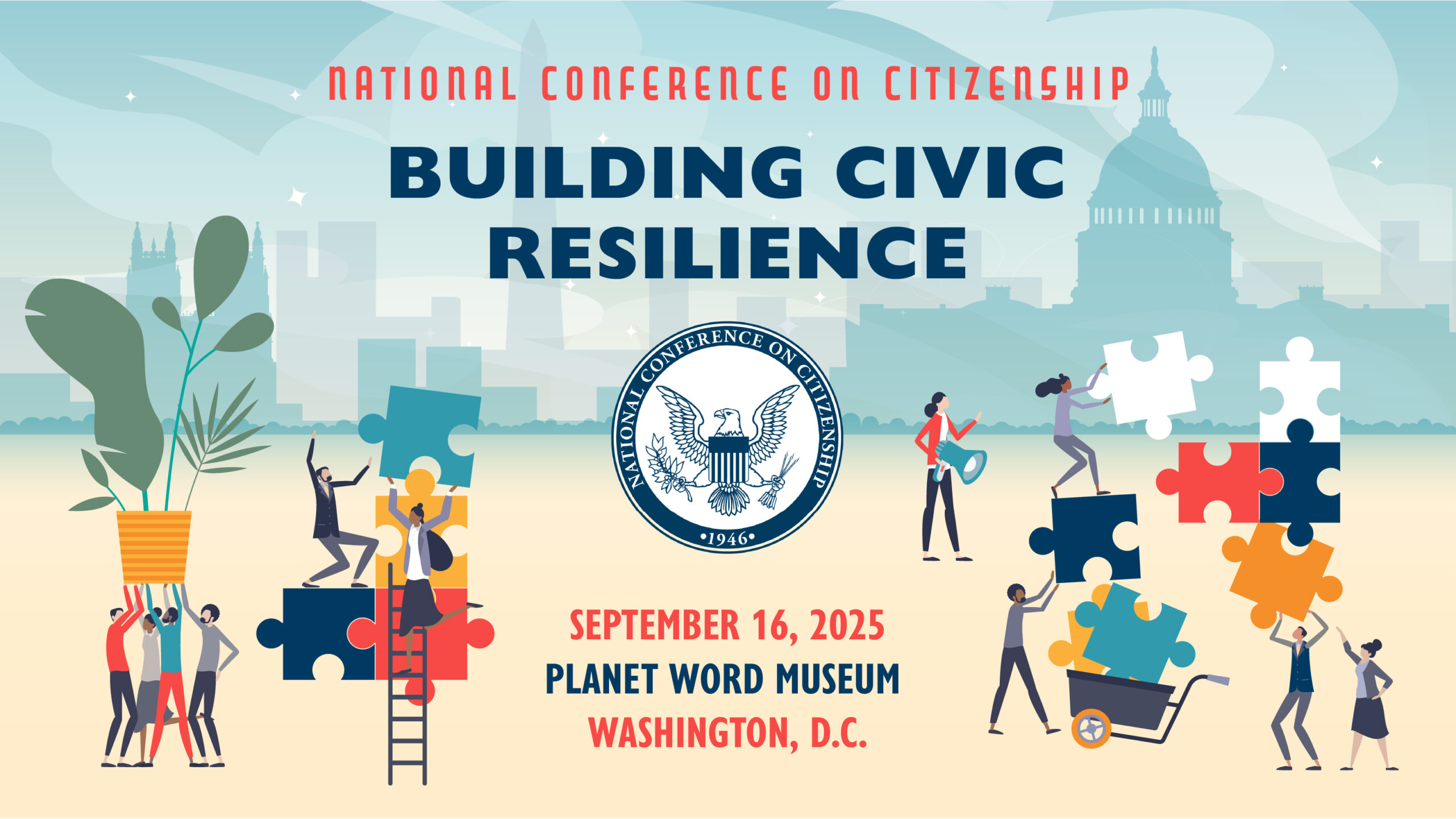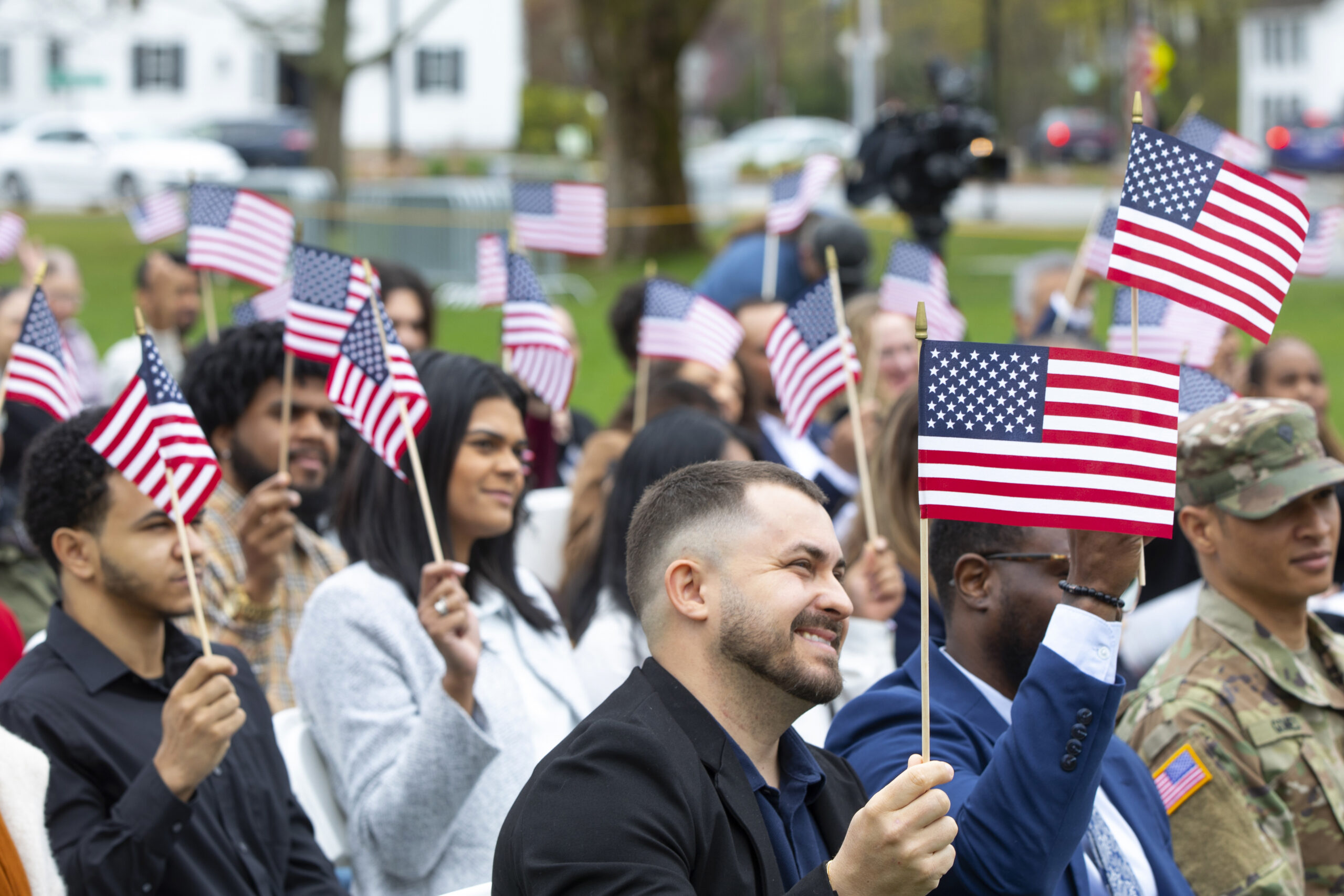Washington, D.C. – As the holiday season spotlights charitable contributions and acts of kindness, a new national study shows that Americans significantly increased their commitment to volunteering and civic engagement in 2011, with the national volunteer rate reaching a five-year high.
The findings come from Volunteering and Civic Life in America a report issued by the Corporation for National and Community Service (CNCS) in partnership with the National Conference on Citizenship (NCoC).
The report also finds that parents of school-aged children contributed more than 2.5 billion hours of their time to volunteer efforts in 2011, most of it to school-based projects, underscoring the pivotal role that schools play as hubs for local volunteer efforts.
Overall, 64.3 million Americans (more than one in four adults) volunteered through a formal organization last year, an increase of 1.5 million from 2010. The 7.9 billion hours these individuals volunteered is valued at $171 billion. Among citizens who volunteered through an organization, the top activities included fundraising or selling items to raise money (26.2%); collecting, preparing, distributing, or serving food (23.6%); engaging in general labor or transportation (20.3%); or tutoring or teaching (18.2%).
In addition to this formal volunteering, two out of three Americans (65.1% or 143.7 million individuals) volunteered informally by doing favors for and helping out their neighbors, an increase of 9.5 percentage points from last year. Among other key findings, almost half of Americans (44.1%) actively participated in civic, religious, and school groups.
“Volunteering and civic engagement are the cornerstone of a strong nation,” said Wendy Spencer, CEO of CNCS, a federal agency that supports and strengthens volunteering through its AmeriCorps and Senior Corps programs, which collectively engaged 3.7 million Americans in volunteering in 2011. “Hurricane Sandy provides a prime example of the importance of people working together, with volunteers throughout the Northeast and elsewhere in the country stepping up to support recovery and relief efforts. When volunteers and residents come together, it has a positive and powerful impact on a community.”
The report shows the volunteer rate among parents is seven percentage points higher than the national average (33.7% compared to 26.8%). Nearly half of parents in their late forties with school-aged children volunteer, despite time-consuming child-rearing responsibilities. Among working mothers, the volunteer rate is nearly 40 percent.
U.S. Secretary of Education Arne Duncan said the findings reinforce how community participation is an essential factor in school success.
“CNCS’s report crystallizes that our schools are essential hubs for volunteering and civic activity,” said Secretary Duncan. “Every day, AmeriCorps and Senior Corps members help more than three million disadvantaged youth by serving as teachers, tutors, mentors, and counselors.” Duncan added that, “In America, education must be the great equalizer—and robust engagement from communities, families, mentors, tutors, and other volunteers is absolutely vital to achieving that core American ideal. As a nation, we are so much stronger working together collaboratively to advance student learning than working in isolation.”
The report also ranks all 50 states and the nation’s largest cities and metropolitan areas for their volunteering and engagement rates. It has become a useful tool for elected officials, civic leaders, and nonprofit executives who recognize the economic impact of an engaged community.
“Volunteering and Civic Life in America helps tell the story of the quiet civic reawakening we see happening around the country—a story about people helping communities devastated by Hurricane Sandy; serving on the PTA; connecting with friends through social media; and advocating for their favorite causes,” said Ilir Zherka, Executive Director of NCoC. “We believe this data shines a light on this reawakening, and is essential to inspiring all sectors of our society to work together to bolster it.”
The full report is available at Civic.Serve.gov.
Key Findings: States and Metropolitan Areas
• The top five states for volunteering are Utah (40.9%), Idaho (38.8%), Iowa (38.4%), Minnesota (38.0%), and South Dakota (36.8%).
• The five states with the greatest percentage point increase in volunteering from last year are Delaware (+5.3%), Oregon (+5.0%), Alaska (+4.4%), Georgia (+3.7%), and Idaho (+3.7%). The survey results indicate that some gains for Delaware and Oregon were due to increases in collecting/distributing food when volunteering (+1.0% Delaware; +2.3% Oregon).
• The top five metro areas for volunteering are Minneapolis-St Paul-Bloomington, MN-WI (37%), Rochester, NY (34.8%), Seattle-Tacoma-Bellevue, WA (33.4%), Salt Lake City, UT (33.2%), and Jacksonville, FL (32.2%).
• The five metro areas with the greatest gains in volunteering are San Diego-Carlsbad-San Marcos, CA (+7.2%), Louisville, KY (+7.1%), Sacramento-Arden-Arcade-Roseville, CA (+6.3%), Austin-Round Rock, TX (+5.6%), and Tampa-St. Petersburg-Clearwater, FL (+5.4%).
Key Findings: Parents
Please note that this survey defines parents as people who have children under 18 at home.
• The parent volunteering rate in 2011 was 33.7 percent nationwide, which is a 0.1 percentage point increase from the prior year. This translates to 22.7 million parents volunteering with a formal organization for approximately 2.5 billion hours, which is valued at $54 billion.
• Parents between the ages of 26 and 50 with school-aged children volunteered at a significantly higher rate than non-parents in this age range, with volunteering rates for parents peaking at nearly 1 in 2 parents (46%) in their late 40s.
• Working mothers are a key segment of volunteering parents, as nearly four in 10 (38%) volunteered.
• The top five states for parent volunteering rates are Utah (52.0%); South Dakota (46.2%); Iowa (45.9%); Minnesota (45.0%); and Wisconsin (44.3%).
• Schools and other youth service organizations are the most popular places for parents to volunteer. More than 40 percent (43.1%) of parents volunteered at one of these places.
• Parents also expressed some or a great deal of confidence in the public schools their children attend, with nine out of 10 parents (90.4%) in 2011 feeling this way.
###
Background on Report
The data for this report were collected through two supplements to the Current Population Survey (CPS): the Volunteer Supplement and the Civic Engagement Supplement. The CPS is a monthly survey of about 60,000 households (approximately 100,000 adults), conducted by the U.S. Census Bureau on behalf of the Bureau of Labor Statistics. The selected supplements collect data on the volunteering, voting, and civic activities of adults age 16 and older for volunteering and 18 and older for the civic supplement. Volunteers are considered individuals who performed unpaid volunteer activities through or for an organization at any point during the 12-month period (from September 1st of the prior year through the survey week in September of the survey year).



